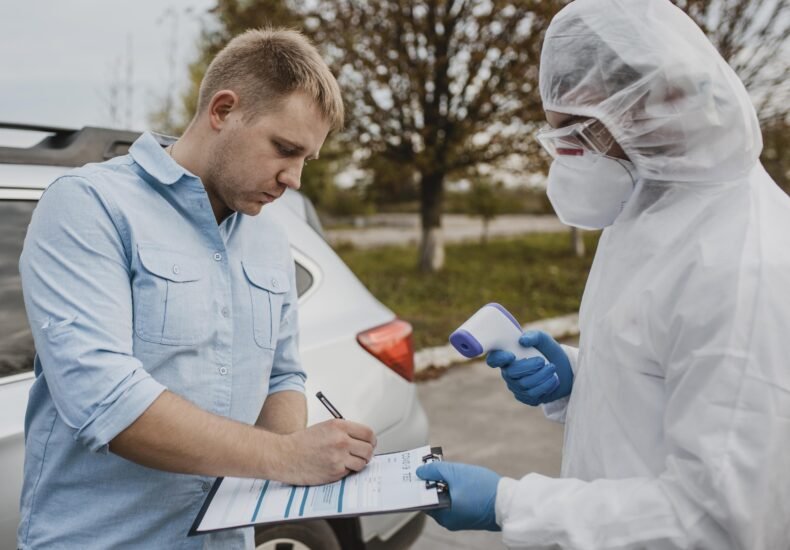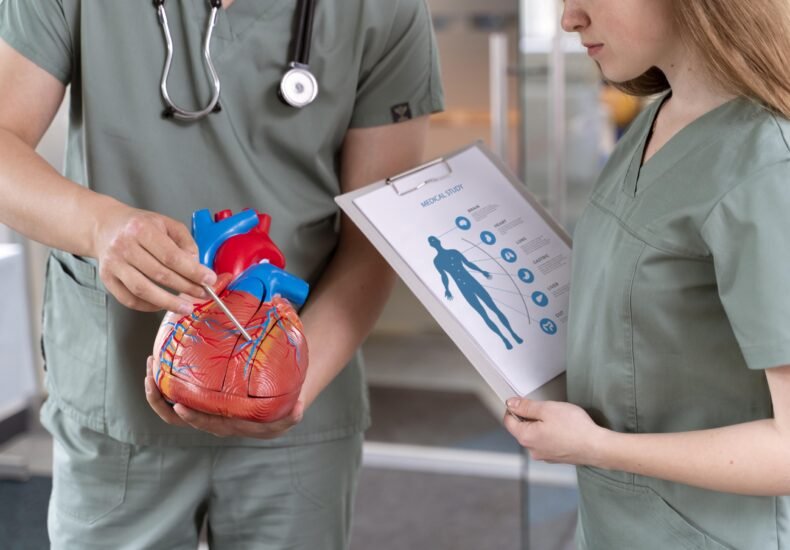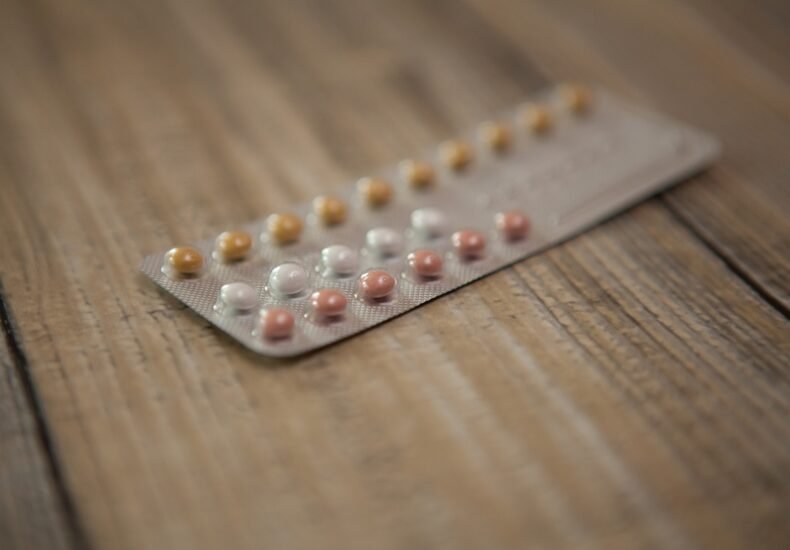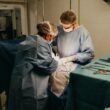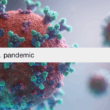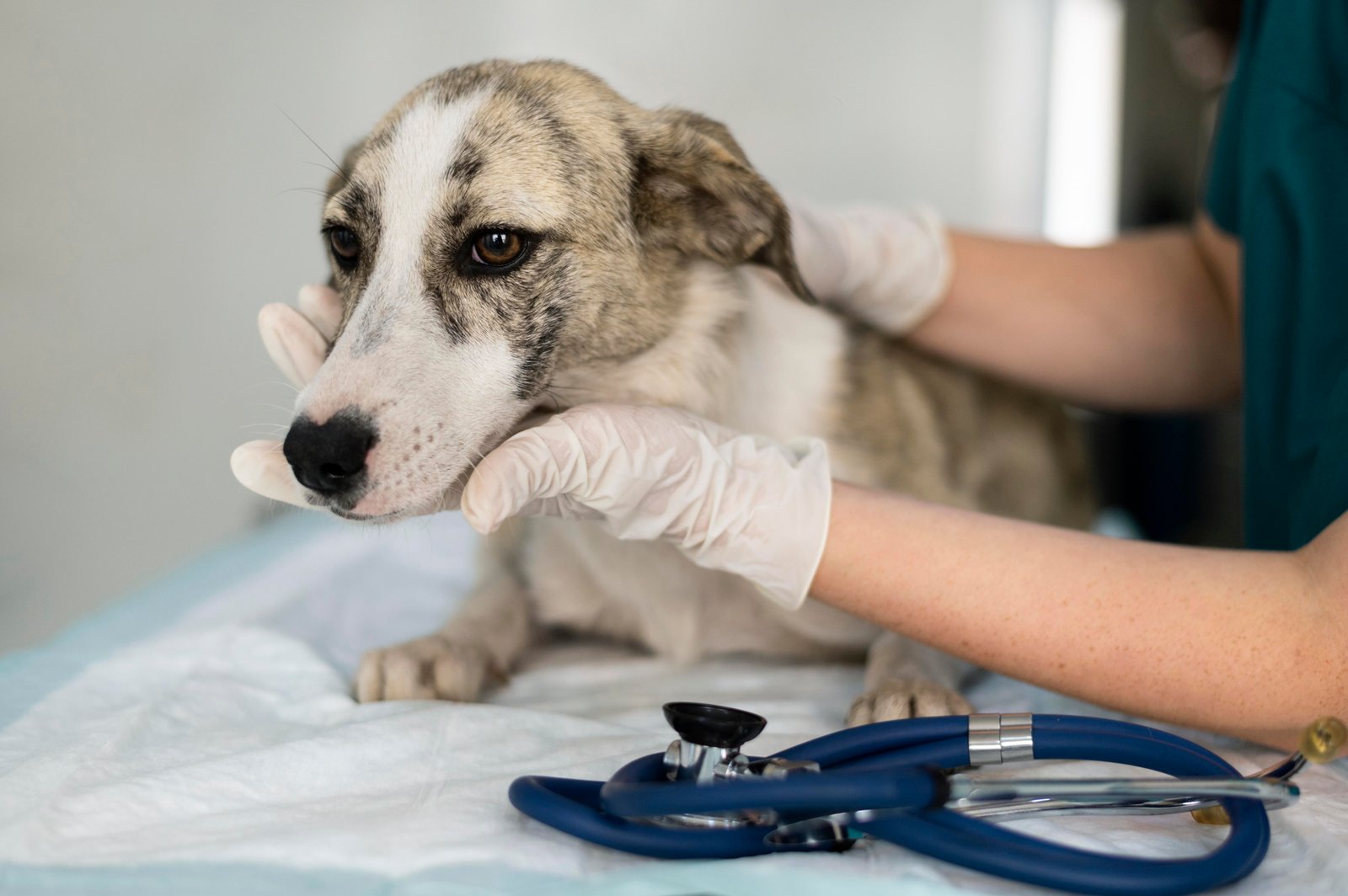
You must take the necessary precautions on your farm in order to prevent the introduction and spread of animal illnesses. You are required to maintain high standards of biosecurity at all times.
There are many different methods by which a disease can be brought into the world and transmitted, and in some cases, the sickness may not even be visible in its early stages.
The following are the primary modes by which illnesses can be transmitted between animals and birds:
Animals traveling between farms and inside farms, in particular the introduction of new animals, direct or intimate contact with the animals of neighbors, sharing trucks, gear, equipment, feed, and bedding across farms, and animals moving between farms and between farms
Circulation of people, particularly laborers, between and among farms
Visitors to the farm include humans, animals, machines, and vehicles
Pollution caused by animals, rodents, and birds of the wild
Animals that are drinking from rivers and streams that are polluted
Manifestations of Disease
Symptoms are observable signals that can be used to diagnose an illness. Lesions are any abnormalities in the size, color, form, or structure of an organ that the naked eye can see. A few of the symptoms include a drop in body weight, a decrease in production, a decrease in feed consumption, droopiness, and lameness. Lesions can take the form of an enlarged liver, a tumor on the gut, or an abscess in the lung, for instance.
There are a number of common symptoms; an unhealthy person will often exhibit these symptoms. Examples of these symptoms include droopiness, loss of appetite, difficulty breathing, diarrhea, and nasal discharge.
Ways to Keep Animals Free from Disease
Several illnesses may be passed from people to their dogs. Your pet’s veterinary healthcare team has received training on how to prevent animals from catching infections while they are at the clinic. The following are five methods by which you may reduce the danger of disease transmission in your own house, protecting both your pets and the human members of your family. Following are some ways to keep animals free from disease and prevent it:
Wash your hands
Washing hands is one of the most important strategies to prevent the disease. Wash your hands carefully at the following times:
Handling the food of animals
Playing or petting pets.
Changing or cleaning a fish tank.
Wash your hands in a proper way
Always wash your hands with soap and water. Sanitize with hand sanitizer containing alcohol.
Wash carefully through the fingers and at the back of the hands.
Take care of the animals
Note if any animal is suffering from a disease. You can notice it by seeing symptoms such as coughing.
Coughing can indicate influenza, heart failure, or heartworm disease
Protection
You can protect your animals against disease by following
Vaccination
Providing proper food and water
Rational Use of Antibiotics
Always make sure that you give your pet the full course of antibiotics that the veterinarian prescribed. If you discontinue therapy with antibiotics for your pet before it is recommended, the germs found in and around your pet may become resistant to the medication. In addition, antibiotics purchased with a prescription should be given to the animal for which they were written.
Conclusion
To sum up, to protect animals’ health and, by extension, people’s health and the environment, we need a comprehensive and proactive approach that includes a number of preventative measures and ongoing work from veterinarians, researchers, and animal owners. By preventing diseases in animals, we can ensure their welfare, protect biodiversity, secure our food supply, and prevent the transmission of zoonotic diseases.
